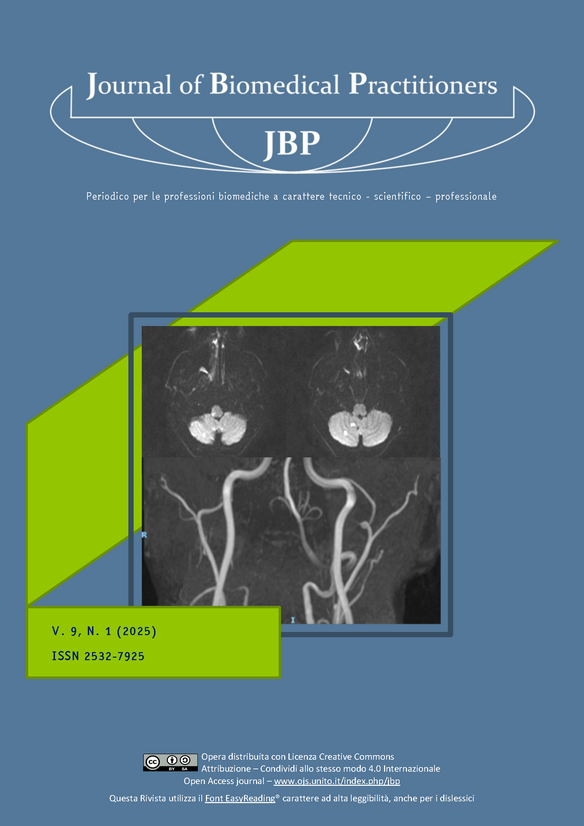Early Rehabilitation in Patients with Proximal Humeral Fracture: A Comparative Analysis of Functional Outcomes Between Surgical and Conservative Treatments.
Main Article Content
Abstract
Proximal humeral fracture is a common trauma, with a significant impact on upper limb function. Treatment options vary between conservative and surgical approaches, while rehabilitation management plays a crucial role in recovering movement and reducing disability. The existing literature highlights a lack of studies in this area, this study aims to compare the functional outcomes of patients with proximal humeral fracture treated with surgical and non-surgical strategies, who underwent a rehabilitation program versus patients who did not perform it, with a further distinction based on the timing of rehabilitation intervention. The Constant-Murley scale indicated a functional score of 33.2 ± 1.9 before rehabilitation treatment, in the face of a functional score post-treatment value of 91.7 ± 2.9 (p < 0.001). The therapeutic success was dictated by the precocity of the rehabilitation intervention, regardless of the surgical or conservative therapeutic choice.
Downloads
Article Details
The authors agree to transfer the right of their publication to the Journal, simultaneously licensed under a Creative Commons License - Attribution that allows others to share the work indicating intellectual authorship and the first publication in this magazine.
References
[1] Murray IR, Amin AK, White TO, Robinson CM. Proximal humeral fractures: current concepts in classification, treatment and outcomes. J. Bone Joint Surg Br. 2011 Jan; 93(1):1-11.
[2] Handoll HHG, Elliott J, Thillemann TM, Aluko P, Brorson S. Interventions for treating proximal humeral fractures in adults. Cochrane Database Syst Rev. 2022 Jun 21;6(6):CD000434.
[3] Goudie EB, MacDonald DJ, Robinson CM. Functional Outcome After Nonoperative Treatment of a Proximal Humeral Fracture in Adults. J Bone Joint Surg Am. 2022 Jan 19;104(2):123-138.
[4] Klute L, Henssler L, Schliemann B, Konigshausen M, Weber N, Alt V, Kerschbaum M. Factors influencing choice of treatment for proximal humeral fractures elaborated in a Delphi consensus process. Arch Orthop Trauma Surg. 2023 Dec;143(12):7053-7061.
[5] Brotzman SB. Riabilitazione in ortopedia e traumatologia: Protocolli terapeutici. Ed. Italiana a cura di Clerico Paolo e Megaterio Silvano, Torino:UTET; 1998.
[6] Majid N, Lee S, Plummer V. The effectiveness of orthopedic patient education in improving patient outcomes: a systematic review protocol. JBI Database System Rev Implement Rep. 2015 Jan;13(1):122-33.
[7] Ratajczak K, Szczęsny G, Małdyk P. Comminuted fractures of the proximal humerus - principles of the diagnosis, treatment and rehabilitation. Ortop Traumatol Rehabil. 2019 Apr 30;21(2):77-93

